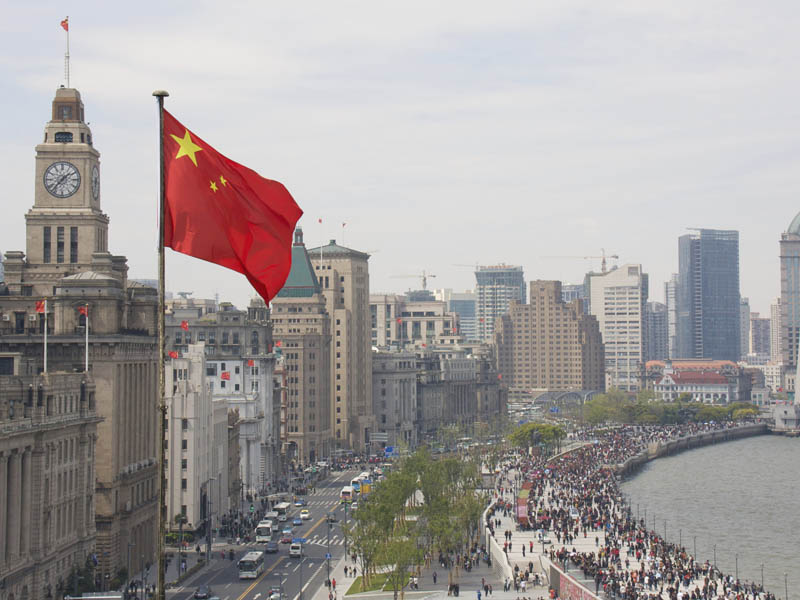The geyser of mainly Chinese money meant to fertilize Australia’s venture capital and startup sectors, and small cap companies, via the government’s recast Significant Investment Visa scheme has largely failed to materialise.
Applications for the $5 million Significant Investment Visa designed to lure high net worth individuals to Australia on the promise of fast-tracked residency, have fallen of sharply since the scheme was changed in July 2015.
Previously applications could simply invest all their SIV money into ultra-safe bonds or investment funds.

“The government found that the money was largely being placed into bonds, cash or property-related funds,” said David Chin, managing director of consultancy Basis Point.
The new SIV arrangements have made life more complicated and the return on some of those funds has been made deliberately more risky – after all the reward, Australian residency, is a much sought-after “good.”
In the 26 months of so of the the original version of the scheme, initiated by the Gillard Government in late 2012, about 800 applications were approved, with the number of applications picking up pace over the life of that scheme. As many as 1300 applications (representing up to $6.5 billion in potential SIV funds) are still being processed under the ‘old scheme’
Agents say that about 80 per cent of applications are successful.
Yet it has been reported that under the new scheme, applications have fallen off precipitously to just 47 in 6 months.
Despite three attempts, the office of Immigration Minister Peter Dutton simply ignored emails seeking clarification of actual numbers, and we have had to rely freely on estimated numbers from friendly migration agents
Under the new scheme, at least 40 per cent of the $5 million needed to qualify for the visa must invested into small-cap and venture capital funds.
To be eligible for such funds a small-cap fund need to put 80 per cent of assets under management into companies with a market capitalisation below $500 million, companies that represent about a quarter of the ASX Small Ords index.
Mr Chin said that one of the reasons applications had dropped off was the surge in applications in the months ahead of the old scheme closing. If approved, these funds will be eligible for investment under the “old” rules.
The other was a combination of unfamiliarity by both migration agents and applications about the new scheme, and competition from other nations – in particular the United States and United Kingdom which have relatively simpler schemes, and the length processing time for applications in Australia.
Mr Chin says believed that as Australian residency remained very attractive for the Chinese and others in Asia. Together with the impact of the softer Australian currency – which has lost 30 per cent of its value against the US dollar and Chinese yuan in the past two years – Mr Chin believes the popularity of the new SIV scheme would grow over time, but that this “could take two or three years” to rebuild.
So dire warnings, just 6 months ago that the weight of new funds would swamp Australia’s VC sector have not come to pass.
In fact, quite the opposite has happened.
Do you know more? Contact James Riley via Email.
